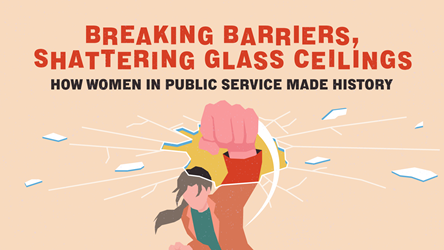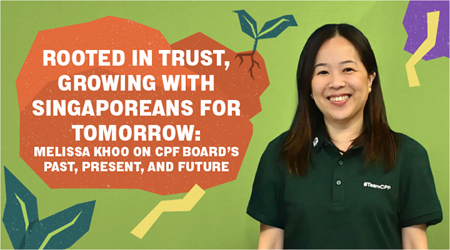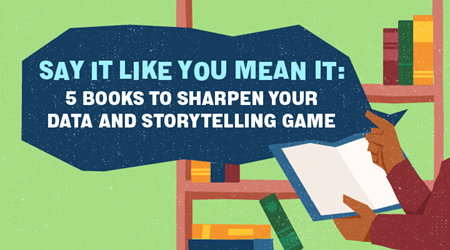“Nothing About Us Without Us”: Creating Disability-Inclusive Workplaces
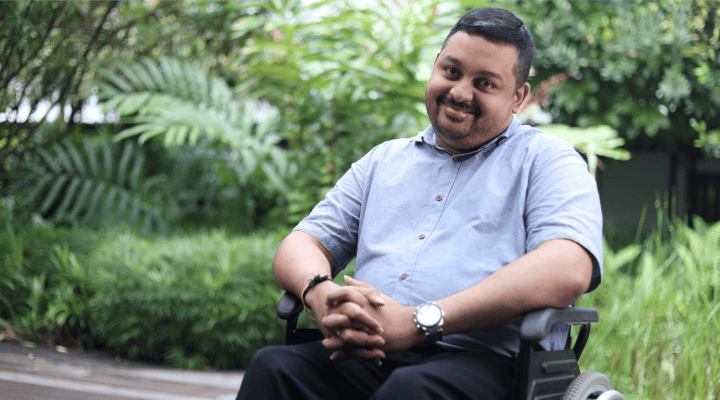
Photo: Courtesy of Goh Chok Tong Enable Fund Office
If there is a fire, what is the escape route for a wheelchair user? If lifts are no longer operating, how do you safely evacuate a colleague with a physical disability?
These are just some of the considerations Dr Navin Nair has shared with colleagues in various organisations, in his efforts as a disability and inclusion advocate.
Navin, 36, was diagnosed with cerebral palsy at birth. This limits the movement of his limbs. Getting around on public transport to school and to physiotherapy sessions was a huge challenge. As a youth, while hoping for the government to “do something to improve the situation”, he realised: “What am I doing to make the change happen?”
He decided to get involved with various organisations to learn and share about what could be done. As a teenager, he advocated for wheelchair-accessible public transport, and continued the pioneering efforts of social service agencies such as SPD and HWA.
Together with these agencies and several friends, Navin has contributed to making public transport more wheelchair-accessible, making daily travel easier for himself and other persons with disabilities.
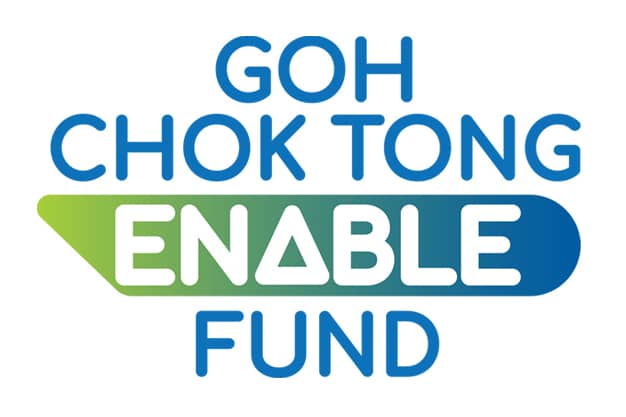 |
Dr Navin Nair is a recipient of the Goh Chok Tong Enable Award (UBS Promise). The Goh Chok Tong Enable Awards aims to recognise the achievements of persons with disabilities, and motivate those with promise and potential to pursue their endeavours. |
Navin raises awareness about disability, inclusion and special needs by giving lectures and workshops for students, making media appearances, and publishing articles about disability awareness and rights. He also champions universal design and accessibility, contributing suggestions to make the environment more inclusive.
Change From Within
Navin has long had an interest in working in the Public Service, though he says it was “unheard of”, many years ago, for persons with disabilities to be found working in the government. He was also inspired by his mother who spent 48 years in the Public Service.
For 20 years, he had enjoyed volunteering with the Land Transport Authority (LTA), contributing to the issue of mobility for persons with disabilities. He decided to join the agency and see how he could “work from the lens of an officer or staff, rather than that of a commuter or person with a disability”.
At the LTA, Navin’s work in the Active Mobility Enforcement Division involves tapping on his own experience and sharing the perspectives of other users of personal mobility aids to help others understand these users’ needs. Beyond that, Navin is also committed to improving accessibility in the workplace and beyond.
At one of LTA's offices, Navin suggested making washrooms more accessible. Subsequently, the washrooms were retrofitted with additional features such as grab bars to make them more convenient for wheelchair users and those who use walking aids.
Other improvements included widening the building's side entrance, installing automatic doors and ensuring that work desks are at a suitable height, with peripherals within reach.
Navin strongly believes in making workplaces accessible for all, and that "change will happen, slowly, surely and definitely”. His optimism is shared by his commitment to be involved with LTA's workplace development team, which seeks to enhance the work environment for all, including those with additional needs.
SG Enable's Tips: Working with Wheelchair Users
- Consider having virtual interviews for hiring processes
- Ask the wheelchair user what accessibility features or assistive technology he or she needs
- Install automatic sliding doors and ramps
- Clear obstructions from walkways
- Have height-adjustable desks and place peripherals within reach
Check out other practical tips in SG Enable’s video here.
The organisation’s commitment to these changes is important too. Navin says: “I’m really proud of my colleagues and LTA’s management for supporting inclusion, diversity and equality, and making the workplace environment and culture more inclusive towards persons with disabilities.”
No One-Size-Fits-All
Navin has been actively involved with various social service agencies since the age of six. While he actively participates in various dialogues, he recognises that needs differ across different people and it is important to engage a diverse group of people.
He explains: “I may say that something is doable for someone who’s blind, for example, but we have different degrees of blindness.” An individual may thus find a certain measure to be adequate, while another might need more assistance or a totally different accommodation.
SG Enable’s Tips: Working With People With Visual Impairment
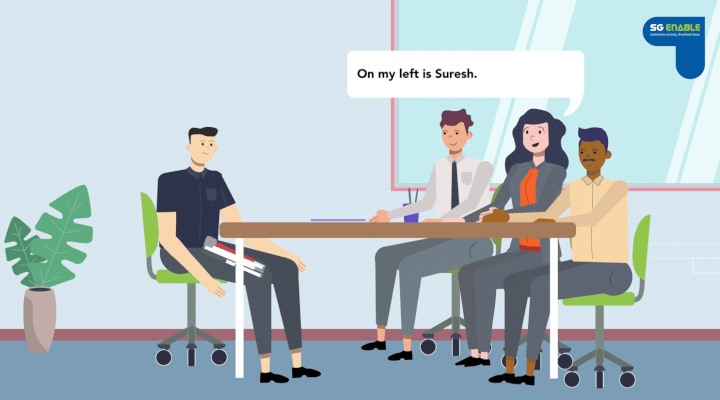
- In meetings, participants should introduce themselves, their position relative to the person with limited vision, and describe what is happening at all times
- Follow accessibility guidelines for limited vision and screen-readers (a type of assistive technology)
- Always ask the end-user what accessibility features or assistive technology he or she needs
Watch SG Enable’s videos for more practical tips on creating disability-inclusive workplaces.
Mindset Matters
The true meaning of inclusion, Navin says, is a “progressive realisation”. That means tweaking solutions and processes as time goes by.
“What inclusivity meant 10 years ago would be different from today. Inclusion requires continuous learning, continuous understanding, continuous empathy and a continuous positive mindset towards people with disabilities and special needs.”
Beyond having the right equipment, infrastructure and processes for persons with disabilities, it is pertinent that organisations also have a positive mindset for building an inclusive organisation, where people focus on abilities and celebrate diversity.
“If people don’t have this mindset, it will not work. Persons with disabilities will not be able to stay in a workplace for long or they will not be able to perform at their best,” Navin says.
For organisations to embrace disability inclusion:
- Encourage teams and staff to interact with persons with disabilities
- Learn more about the different types of disabilities
- Explore how they can help persons with disabilities in their daily commute, in their job roles and in their day-to-day work processes
Some barriers remain. Many employers may find the process of hiring persons with disabilities tough and tedious if they don’t know where to go for resources or who to ask for help, Navin says. Employers would also have to customise what they have learnt from the resources to their organisation’s context.
To support employers in hiring persons with disabilities and tapping into a diverse talent pool, SG Enable has several resources and schemes, such as the Job Placement and Job Support scheme to match job-seeking persons with disabilities to organisations.
SG Enable Resources
Video guides: Creating a Disability-Inclusive Workplace
Online toolkits: Human Resource Management Series for Employers
Case studies: Best Practices in Disability-Inclusive Employment
Start your inclusive hiring journey today! Email SG Enable at opendoor@sgenable.sg or visit its website for more information.
Things have certainly changed since Navin first started looking for employment. Many years ago, finding work as a person with a disability was far more challenging.
Now, he says: “I am very happy to see persons with disabilities in the Public Service. I would like to see, in the coming years, that having a disability does not hinder a person from having access to the same opportunities as everyone else.”
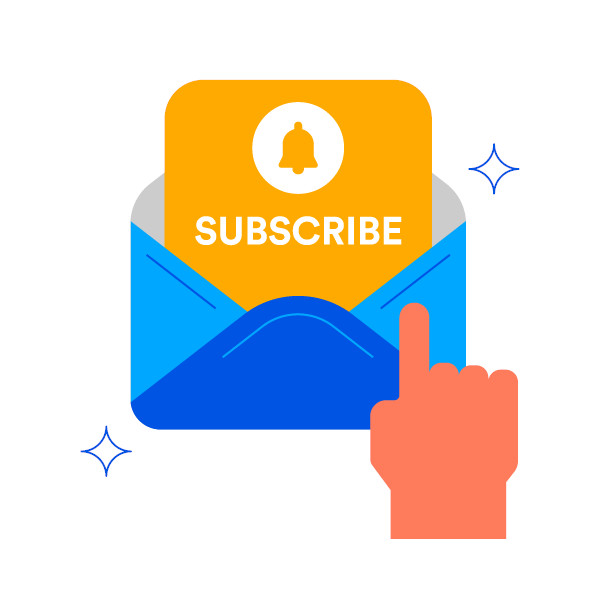
To get more stories like this, subscribe to the Challenge newsletter or follow the Challenge Telegram channel.
- POSTED ON
Sep 22, 2023
- TEXT BY
Siti Maziah Masramli
- PHOTOS BY
Courtesy of Dr Navin Nair
Goh Chok Tong Enable Fund Office





